FAMP is first and foremost subtle, superior ambient music, its soft fluorocarbon texture the perfect backdrop for its liberal toying with vocal samples.
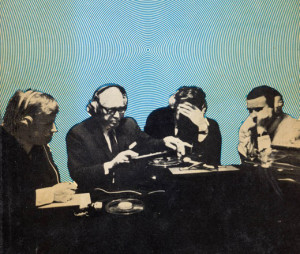 Wouldn’t you really rather be in a Buick? Instead of barricading yourself in the mall against hungry zombies? Or is that brand-new Buick just another shiny deathtrap? Fossil Aerosol Mining Project, the sound wing of American arts collective Afterdays Media has just celebrated twenty-five years of sifting through the detritus of the baby-boom past, airing its planned and unplanned obsolescence, trudging though its now-silent manufacturing plants and shopping and entertainment venues. The project assumes an “archaeological perspective,” filtering recently contemporary cultural objects discovered “in a decomposed or fragmentary state, and outside of their original context,” in order to gain an informed outsider’s insight. As pop culture has taught us, zombies are the ultimate anthropomorphized relic, “used” human beings reanimated and recontextualized as the most terrifying and mindless of consumers.
Wouldn’t you really rather be in a Buick? Instead of barricading yourself in the mall against hungry zombies? Or is that brand-new Buick just another shiny deathtrap? Fossil Aerosol Mining Project, the sound wing of American arts collective Afterdays Media has just celebrated twenty-five years of sifting through the detritus of the baby-boom past, airing its planned and unplanned obsolescence, trudging though its now-silent manufacturing plants and shopping and entertainment venues. The project assumes an “archaeological perspective,” filtering recently contemporary cultural objects discovered “in a decomposed or fragmentary state, and outside of their original context,” in order to gain an informed outsider’s insight. As pop culture has taught us, zombies are the ultimate anthropomorphized relic, “used” human beings reanimated and recontextualized as the most terrifying and mindless of consumers.
While busy producing podcasts, graphic art, exhibits, FAMP is first and foremost subtle, superior ambient music, its soft fluorocarbon texture the perfect backdrop for its liberal toying with vocal samples. Ambient is also a decidedly universal genre, in juxtaposition to its very American subject matter. Secondly, FAMP is a magnifying glass on post war gee-whiz enthusiasm, consumer con and Cold War fear and paranoia (three sides of the same coin). Its subversive arrangement of the discreet charm of decay and degeneration—needles dragging their heels in muddy vinyl, tape flaking to bits and running backwards—has never been more relevant than today. Creating disarmingly attractive new structures out of ostensible chaos, the FAMP catalog is a kind of Mondo Cane of American culture practices. Based on the seminal zombie flick and its unauthorized Italian rip-off, If You Enjoyed the Dawn of the Dead and The First 15 Minutes of the Second Sequel (2008-09) are touchstones in the project’s history. Sourcing radio and TV squawk and superannuated movie clips, splicing them loopwise and otherwise, they are the perfect soundtrack for a stroll through the greyfields of our modern cities, suburbs and mind sets. Artiface, whether in the form of a strip mall or a film strip, is after all produced and inhabited by humans. Though undeniably chilling and strewn with litter and disembodied voices, the music of the FAMP is ultimately humane and detoxifying.
In celebration of its anniversary, FAMP recently released two retrospectives. Very Early Fragments is comprised of new tracks harvesting bits of tape and experiments made back in the eighties, ranging from two-and-a-half to twelve-and-a-half minutes long. Field recordings made at overgrown drive-ins and abandoned warehouses, thrift shop cassettes, 35 mm film and sound bytes from broadcasts about the space race, state of the art VHF communications and satellite surveillance, are all woven into ambient atmospheres choked with asbestos dust.
Decades of Fake Resurrection, a kind of “best of” compilation including remixes and a few unreleased tracks from the mid-eighties to 2011, serves as an excellent FAMP starter kit, covering American religion and retail and featuring an Africanized observation of the anniversary of the Three Mile Island nuclear incident and gothicized rustbelt bluegrass. Add zombies galore and a tribute to esteemed colleagues Zoviet France. “Damaged, Years Ago” (which also appears the remix album, below) is the perfect crucible fusing all these elements together, though ultimately, like each feeder album, Decades of Fake Resurrection blends into a creepy “someone-is-watching,” cohesive and seamless here and now. The situation is under control aesthetically, even if it really isn´t otherwise.
Shortly thereafter, two brand-new releases emerged. The Resurrection Remixes, 2009, combines remixed and reworked tracks from the zombie-themed standouts mentioned above. Worlds fold over onto each other; the sampled voices of instructors, reporters and interviewers are often a dead, by-rote monotone—little or no emotion is to be expressed in the public sphere by its servants, even though the matters discussed include national security and confirming that the seat of God does indeed lie beyond the visible stars above Jerusalem. Just like the living dead trying to get into George Romero’s shopping mall.
What is the Light of? is the first album FAMP recorded in its new studio setting, more robustly configured to allow for greater improvisational opportunities. The sound is crisper and the style is somewhat more collage-like than previous work, but it still evokes the same, industrial-strength subliminal nightmares, among which “A Length of Lucier’s Wire, With Debris” and “From the East, April 1980” (in which the “Eastern hordes” are perhaps Madison Avenue ad men) are perhaps the most suggestive. The deluxe CDR addition includes an extra disc featuring the twenty-two minute equatorial isolationism of “Navigating Frozen Nigeria.”
Damp and chilly graverobbing, but with a sachet of lavender tucked beside each corpse to sweeten the stench.
For more information visit After Days Media.






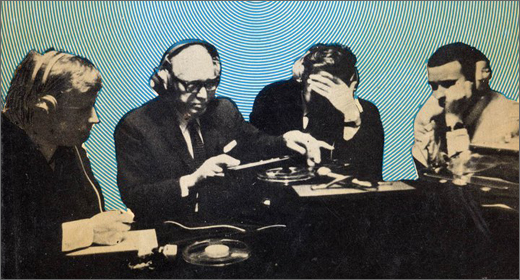




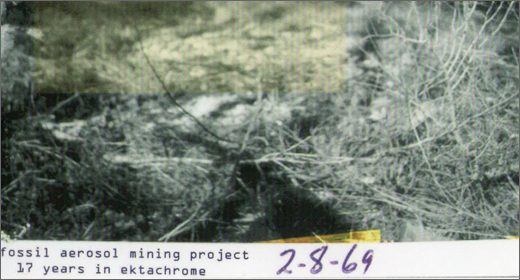
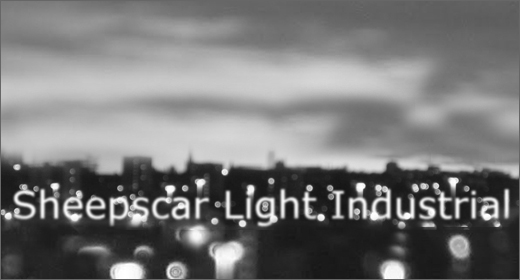
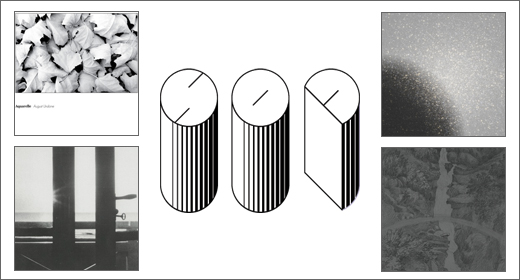

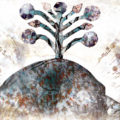








![Luke’s Anger :: Ceiling Walker EP (Love Love) — [concise]](https://igloomag.com/wp/wp-content/uploads/2025/04/lukes-anger-ceiling-walker-vinyl_feat-75x75.jpg)


